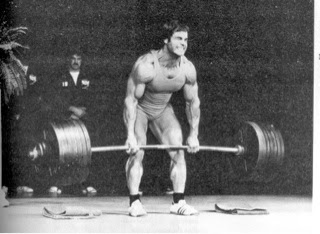Shut up, sit down, and conform: the epitome of public education!
Hail the great and powerful public school system! No other molds millions of robots, doing without thinking. Think no more, for the "drop outs" will do that for us! Hundreds of years of education at its greatest. This is the way of the public school system: a grading system,with its political and psychological dilemmas , conforming all who attend.
Of course, education was transformed into this hideous creature. The hideous creature which haunts our classroom dates all the way back to 1918, the beginning of modern day education. Before this time, education was something sought by all families, a holy grail of sorts. None, however, were required to acquire an education. Unfortunately, with the coming of 1918 came new laws which forbade the absence of school. No longer could children pursue dreams of athleticism or engineering, for all students were now taught the same information, spitting up the facts spat at them.
Regurgitation, however, is not the only dilemma. Perhaps even worse, is the audacious grading system. The grading system assumes all children learn at the same rate; therefore, all children may be paired against one-another. A law graduate from Yale, the greatest law school in the country, says it best on the Yale website "One reason for evaluating students is to be able to label them on the basis of their performance and thus to sort them like so many potatoes." This is what you want for your child? Is this all children are good for, "sorting" like "potatoes"? Do
children have no feelings? Are children simply robots which can be manipulated in whichever way desired? I would say not.
Not only do these grades disturb the child's psychological well-being, but also teaches students the "value" of "sucking up". A 2013 study released on Ebscohost by Marc A.
Brackett, one of the leading psychological scientists in the country, states "emotions may bias the grades teachers assign to their students, such that positive and negative emotions influence grade assignment in emotion-congruent ways." In lays terms, a teacher's opinion greatly affects the students grade. How objective! Of course, students have long been aware of this corrupt system. No matter how hard a student works in and outside the classroom, grades are always the opinion of the teachers.
Even with this corrupt system, teachers still argue grades are essential, insisting grades are the motivating factor in school. Hundreds of schools, however, have survived without this wretched grading system. Widely known as "Free Schools", these schools have paved the way for public education. Manhattan Free School, one of the top free schools in the country, argues grades only hurt the student. In an article called "The Agile Learning System", the school argues that students who attend Free Schools "...will naturally be more prepared for the real world, because they will have ample experience engaging in the world as it is. The top-down model of traditional schools simply cannot generate curriculum updates fast enough to meet the evolving demands of society, or remain relevant to the interests of their students." Teachers, of course, ignore this fact.
So now you see the true form of our hideous system. No, it is not the fault of the teachers, nor is it the fault of the students. The sad truth is, its all our faults. Yet even when the facts are slapped into the faces of all, few do anything about it. That is the true problem of society.
Complacency is the name of the game, and we're all winning. So thank-you for playing the game, for thats all life is, a game. Now go home and do the same thing you do every day. Sit in your average home and speak to you average spouse while you eat your average dinner. Do not strive for more, because thats not what you were taught. Just sit, relax, and watch as the world crumbles in the palm of your hand.




















